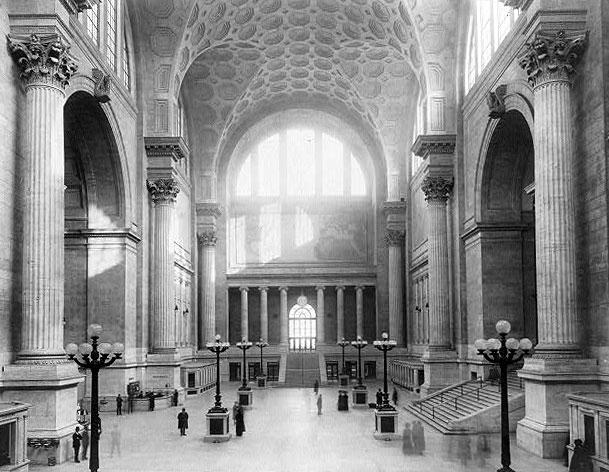New York Gov. Andrew Cuomo recently laid out his plan to remodel Penn Station in the Chelsea district of Manhattan. The subterranean labyrinth has been the brunt of harsh criticism since its opening day in 1968. Its dark, confined, and noisy interiors make the experience of traveling through it worth forgetting.
The bits and pieces remaining of the old Pennsylvania Station are a somber reminder of what it once was—a crowning jewel of American sophistication in engineering and aesthetics married with the classical ideals of ancient Greece and Rome. As plans are underway for the current Penn Station to redeem itself, and as architecture firms’ proposals hope to emulate the grandeur of the original Pennsylvania Station, it might be useful to reflect on what the old station achieved.





